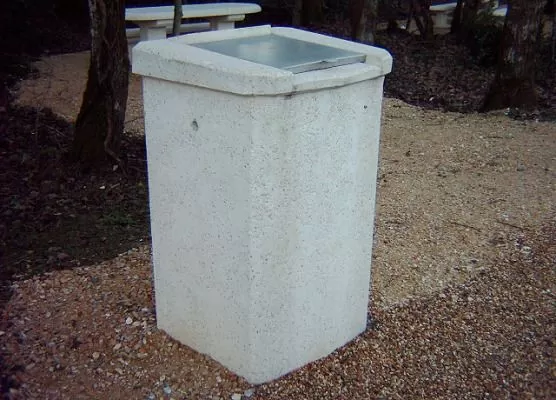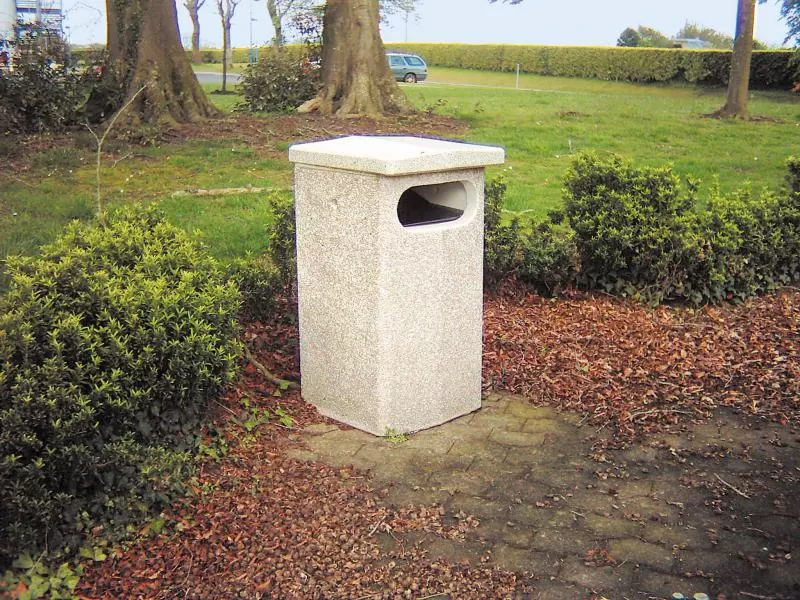Voluntary drop-off, what is it? Why and how should we implement it? We will take a look at the definition, the regulations and a few examples in order to better understand this new collection method and to anticipate its deployment.
Voluntary drop-off v. door-to-door collection
The provision of a voluntary drop-off point is an alternative collection method to door-to-door collection.
Door-to-door collection is popular with customers
Door-to-door collection tends to improve recovery rates for recyclable materials. This system is also far more convenient. In some situations, getting to the nearest collection point can be very difficult, if not impossible for persons with reduced mobility (PRM) and senior citizens with mobility problems, etc.
In 2019, the Defender of Rights received a complaint from a Community of towns in which a voluntary drop-off point had replaced traditional door-to-door collection. Several residents had also pointed out that the site was a long way from their homes and was not accessible to persons with reduced mobility.
To be effective and create buy-in, the transition from door-to-door collection to voluntary drop-off points (VDP) should take place in several stages. Their locations need to take into account the deployment ratio (number of inhabitants per VDP). The residents must then be informed using information leaflets and public meetings. Where appropriate, the local authority will distribute badges and pre-collection bins for taking waste to the VDP.
The benefits of the voluntary drop-off point
Voluntary drop-off points are an essential development in waste management. As was already observed by Ademe (environmental transition agency) in a 2014 report, the cost of door-to-door collection is not sustainable for local authorities at a time when fuel prices are constantly on the rise.
In the current context, the rising cost of transporting waste is a major issue. Fuel prices are rising inexorably, VDPs also promise better control of flows and costs. As a result, some towns have seen their collection costs halved while collecting the same quantities per inhabitant.
The deployment of voluntary drop-off points also enables local authorities to introduce incentive-based pricing, or incentive charging (IC). In towns that use IC, the quantities of residual household waste (RHW) collected per inhabitant are well below the national average.
New voluntary drop-off points, the example of bio-waste
The deployment of VDPs for recyclables and household waste is already well underway in the region. However, France is clearly lagging behind its neighbours in the management of bio-waste.
Widespread sorting of bio-waste at source by 2024
From January 1, 2024, all local authorities must provide citizens with solutions for separating bio-waste from normal household waste. This logically follows from the 2015 Law on Energy Transition for Green Growth (LTECV), as well as the law on the fight against waste and the circular economy (AGEC), passed 5 years later.
Organic waste is recycled through composting and spreading, but also through methanization. Raw materials are either returned to the soil or transformed into materials that can be used for agronomic purposes. There is a growing need for this as soil quality is tending to decline. Not to mention that the use fertilizer reduces the need to import synthetic products made from non-local resources, the carbon footprint of which is particularly large.
Can we reduce the weight of household waste collected?
Many local authorities are already experimenting with the collection of bio-waste on a voluntary basis. The widespread use of this service could well reduce the weight of residual household waste being collected. Organic waste still takes up a large part of French rubbish bins, around a third to be exact. Encouraging households to recycle bio-waste separately is one more way of reducing the quantities of household waste collected.
Francioli makes bins and bin shelters for waste pre-collection
The choice of equipment and its location plays a decisive role in the acceptance of new waste collection systems. Francioli specializes in public sanitation and waste collection and offers local authorities solutions to help them meet the challenges of tomorrow. These include top-quality refuse bins and bin shelters such as the Pavabac Centurion model.
Choosing long-lasting outdoor street furniture is a way of making the most of equipment that is essential to the community. Francioli's products are available in a number of different configurations to help then fit in with the urban environment. The Pavabac Centurion is available in 6 configurations, for between 4 and 16 wheeled bins sized between 350l and 1100l.








